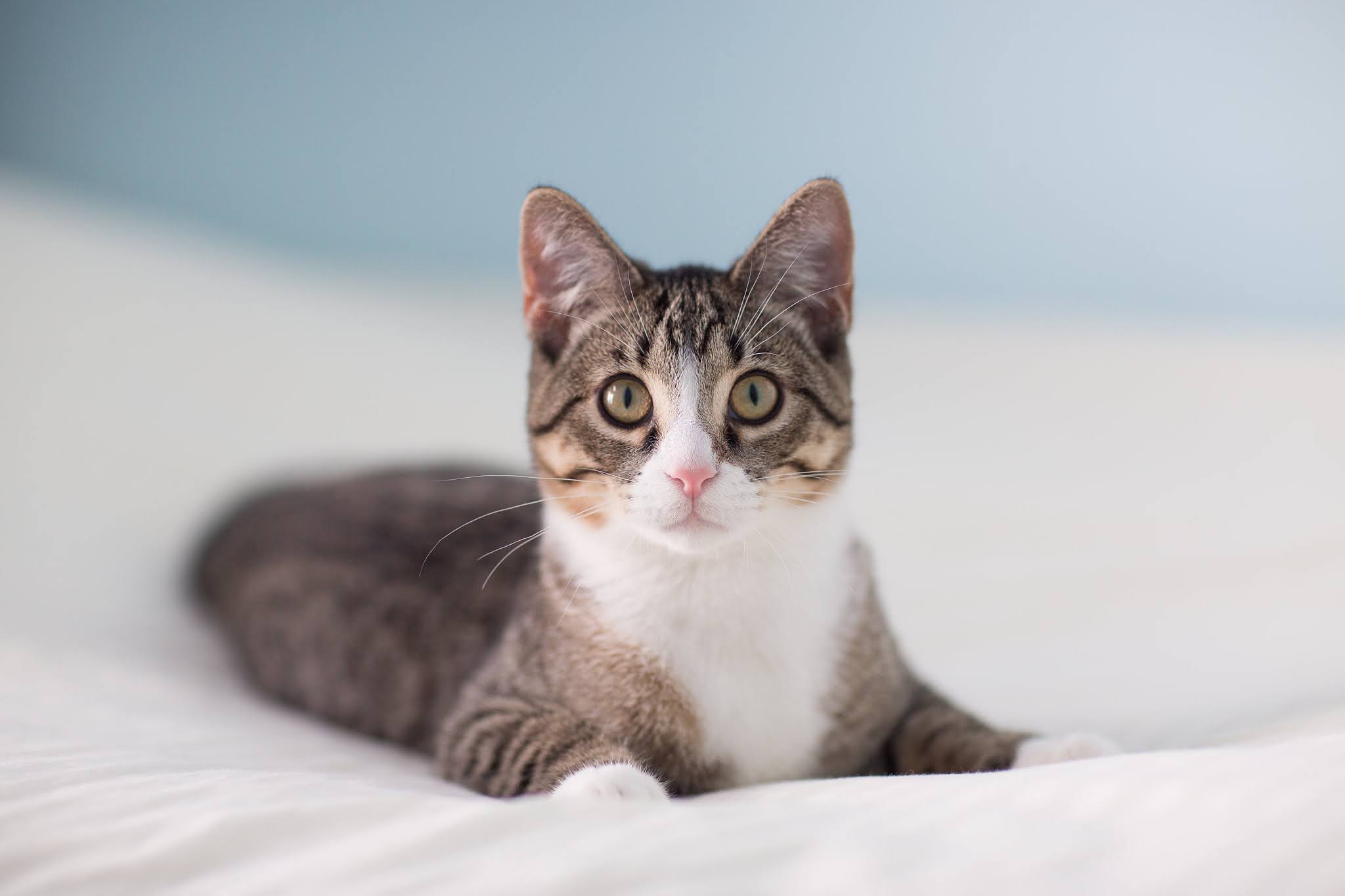A report published in the journal Nature indicated that cats kill at least 1.3 billion birds and 6.3 billion small mammals in the United States every year, which leads us to wonder: Is the cat a predator or a pet?
The problem is that cats are the second most common pet with 373 million breeders worldwide.
In order to prevent cats from their innate instinct to hunt, we must first convince their owners of the scale of the problem so that they can monitor their small predators.
Wayne Linklater, a professor at California State University, Sacramento, says in the October 28 New Scientist press report that the solution “lies in the people who care about cats themselves.” So Linklater and a number of other sociologists are studying cat owners themselves to find out what motivates them to change their behavior and the behavior of their cats.
Various measures:
The gap between cat owners and environmentalists becomes apparent when asked for their views on measures to limit cat hunting, which is exactly what Linklater has done in cooperation with Edith MacDonald of the New Zealand Department of Conservation.
In the beginning, the researchers asked environmentalists to classify 9 measures that could be taken to reduce this problem.
Keeping cats indoors seven days a week is at the top of the list recommended by conservationists.
Other measures followed, such as fencing around the gardens, neutering the animal, and ending with small animal chips.
Then the researchers asked veterinarians and cat owners the same thing, by asking them about measures based on animal welfare that achieve a degree of acceptance.
The researchers then mapped the final team’s recommendations backwards from those recommended by the conservationists.
Behavior changing:
For sociologists, they know that changing behavior begins with understanding people well and knowing the things they love and care about.
Much evidence shows that people are willing to change their thoughts if they like a new idea, believe in its usefulness, and believe the importance of adopting it.
With these foundations in mind, as well as the recommendations of the two teams, Linkler and MacDonald decided to implement a strategy known as “prioritizing behavior,” to define measures that would be acceptable to cat owners and conservationists alike.
The researchers note that keeping cats indoors at night is the most mutually beneficial solution.
However, researchers then discovered that only 14% of cat owners who kept their cats confined to the house at night did so out of a desire to protect wildlife.
Other cat owners attributed the reason they keep cats at home at night to their desire to provide a safe and comfortable life for their pets.
Also, some cat owners saw this out of respect for their relatives and the opinions of veterinarians only.
The researchers note that keeping cats indoors at night is the most mutually beneficial solution.
However, researchers then discovered that only 14% of cat owners who kept their cats confined to the house at night did so out of a desire to protect wildlife. Other cat owners attributed the reason they keep cats at home at night to their desire to provide a safe and comfortable life for their pets.
Also, some cat owners saw this out of respect for their relatives and the opinions of veterinarians only.
The researchers spoke to the cat owners again after 6 weeks. And they found that the control group let their cats go out at night by 10% more than before.
Whereas, the group that received a veterinarian’s advice kept the cats at night the same.
The percentage of cats leaving at night in homes with a small child has also decreased. MacDonald notes, “It is difficult to change human behavior. But this does not detract from cat owners, as they of course love their pets as well as nature. But if they were put to the test, they would definitely choose their cats.”
However, MacDonald is happy with the results, which have not yet been published, because the country – represented by many city councils in New Zealand – has adopted a national strategy for supervising cats.

